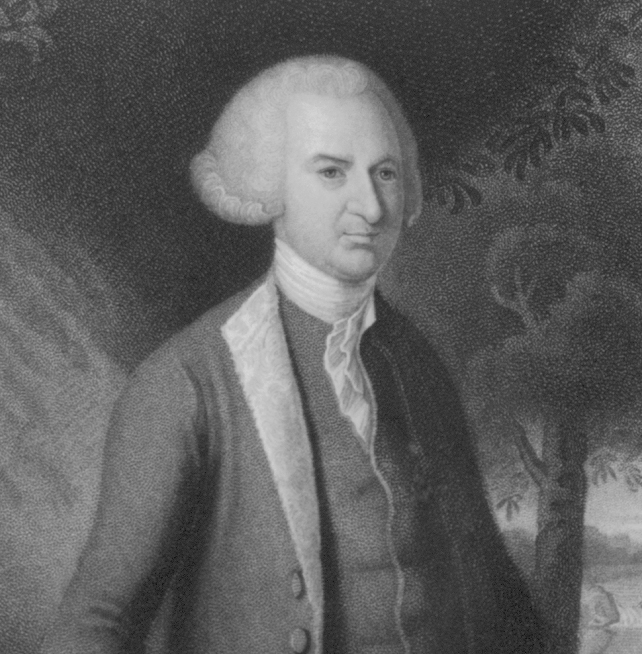Olive Branch Petition was a 1775 document by which the American Colonies sought to avoid all-out war with Britain. The Second Continental Congress sent the petition to Britain’s King George III a few months into the American Revolution (1775-1783). The olive branch has long been a symbol for peace. The petition, written by Pennsylvania delegate John Dickinson, stated that the American colonists remained loyal to their mother country. It expressed hope for a peaceful settlement with Britain and urged the king to address the colonists’ complaints. King George, however, ignored the petition. He declared the colonies to be in rebellion against Britain.

Background.
Relations between Britain and its American colonies grew strained during the 1760’s and 1770’s. Most of the arguments centered around taxes and other regulations. Colonists, especially those in Massachusetts, began to protest.
In February 1775, the king and his ministers moved to stop the growing disorder in Boston. In April, the first battles of the American Revolution took place at Lexington and Concord, Massachusetts. The following month, delegates of the Second Continental Congress met in Philadelphia. The Congress appointed George Washington commander-in-chief of the Continental Army. The delegates issued a declaration calling for the colonies to be prepared to defend themselves.
The petition.
Though the war had already begun, some delegates still hoped for peace. John Dickinson of Pennsylvania drafted a document that expressed the colonists’ desire to restore harmony with Britain. The document stated that the colonies were “connected with Great Britain by the strongest ties that can unite societies.” It asked the king to address the colonists’ complaints about unjust “statutes and regulations adopted for the administration of the colonies.” Dickinson hoped that the king would give the colonists the power to negotiate trade and tax laws.
The Congress approved the document in July 1775. However, many delegates, including John Adams of Massachusetts and Thomas Jefferson of Virginia, opposed the petition. They thought the document showed too much respect for the king’s actions. Dickinson was hopeful that King George would consider the Congress’s plea for reconciliation. Dickinson also believed that, if the king rejected the petition, colonists would conclude that war with Britain was the only option left to them.
The Congress chose another Pennsylvanian, Richard Penn, to carry the petition to England. Penn first brought the petition to Arthur Lee, an agent in England for the colony of Massachusetts. The pair delivered the petition to Lord William Legge, Earl of Dartmouth. The earl was to deliver the document to King George. However, both the king and Parliament ignored the petition. On August 23, the king declared the colonies to be in open rebellion. In December, Parliament passed the Prohibitory Act, which closed all American ports to overseas trade. Such actions convinced many delegates that a peaceful settlement with Britain was impossible.
See also American Revolution ; Continental Congress (Second Continental Congress) ; Dickinson, John .
